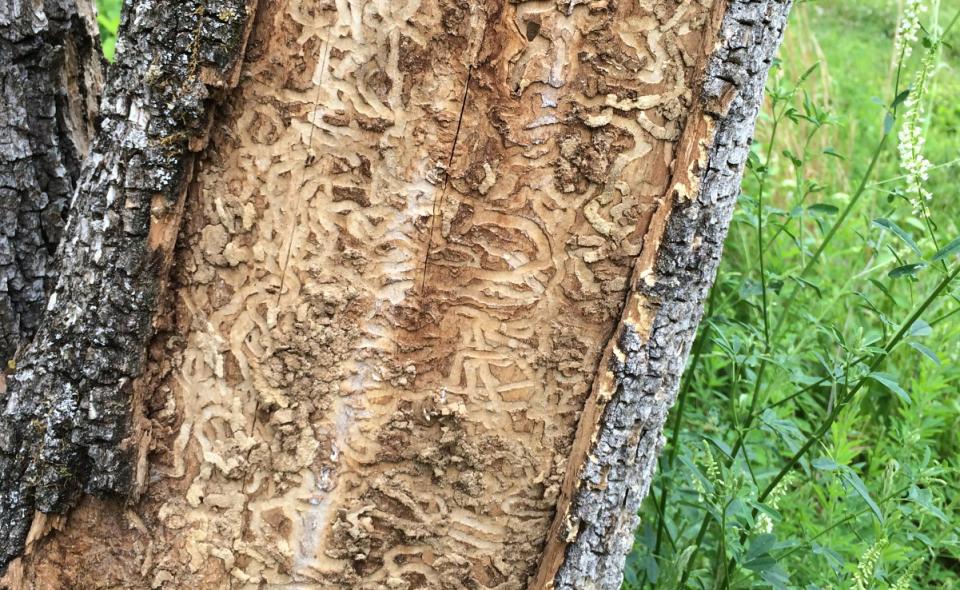Abenaki is driven by our customer’s needs. As a result, we offer hardwood lumber for sale both gross tally and net tally.
Gross Tally >> the lumber volume measured before kiln drying.
Net Tally >> the lumber volume measured after kiln drying.
Why is Net Tally versus Gross Tally a Big Deal?
It is necessary to understand whether a lumber quote or price is based on gross tally or net tally. The issue isn’t always whether the tally is net or gross, but how that number was determined. Finding out whether the tally was measured after coming out of the kiln or whether the gross tally was used to calculate net will make a difference in the actual volume of lumber.
Gross Tally >> the lumber volume measured before kiln drying.
Net Tally >> the lumber volume measured after kiln drying.
Why is Net Tally versus Gross Tally a Big Deal?
It is necessary to understand whether a lumber quote or price is based on gross tally or net tally. The issue isn’t always whether the tally is net or gross, but how that number was determined. Finding out whether the tally was measured after coming out of the kiln or whether the gross tally was used to calculate net will make a difference in the actual volume of lumber.




